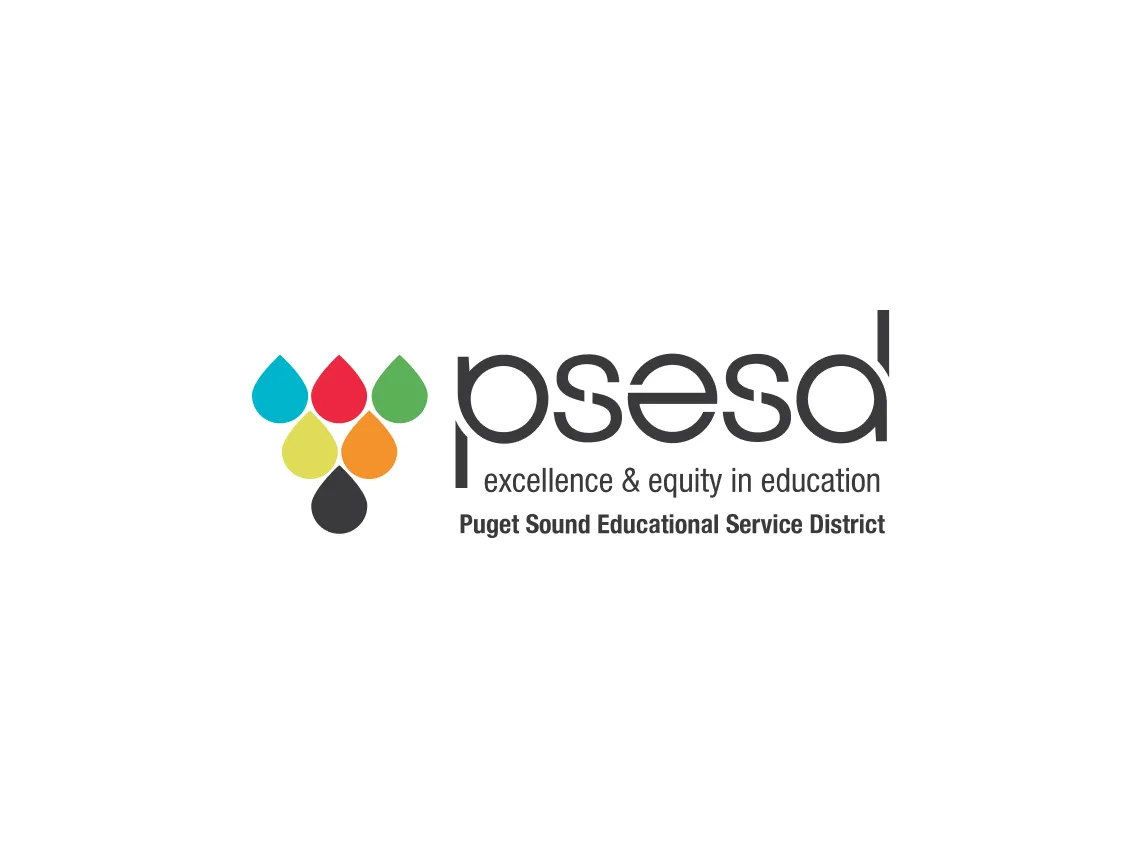Puget Sound Educational Service District
RingEX helped this educational agency continue serving half a million students through COVID


The lockdowns transformed our agency’s operations overnight. But because we had RingCentral, our staff was able to continue helping the schools, students, and families who depend on the services we provide.
Whenever the weather got bad, we faced a binary question: Can we bring everyone into the office safely, or should we shut down for the day? Having RingCentral has proven we have a third option.
ReLife School is a program we run for special-needs students —children at serious risk from the isolation of the lockdowns. And we did have to close the ReLife facility. But because we had RingCentral Video, we were able to continue educating them by video conference, and these students weren’t left behind.